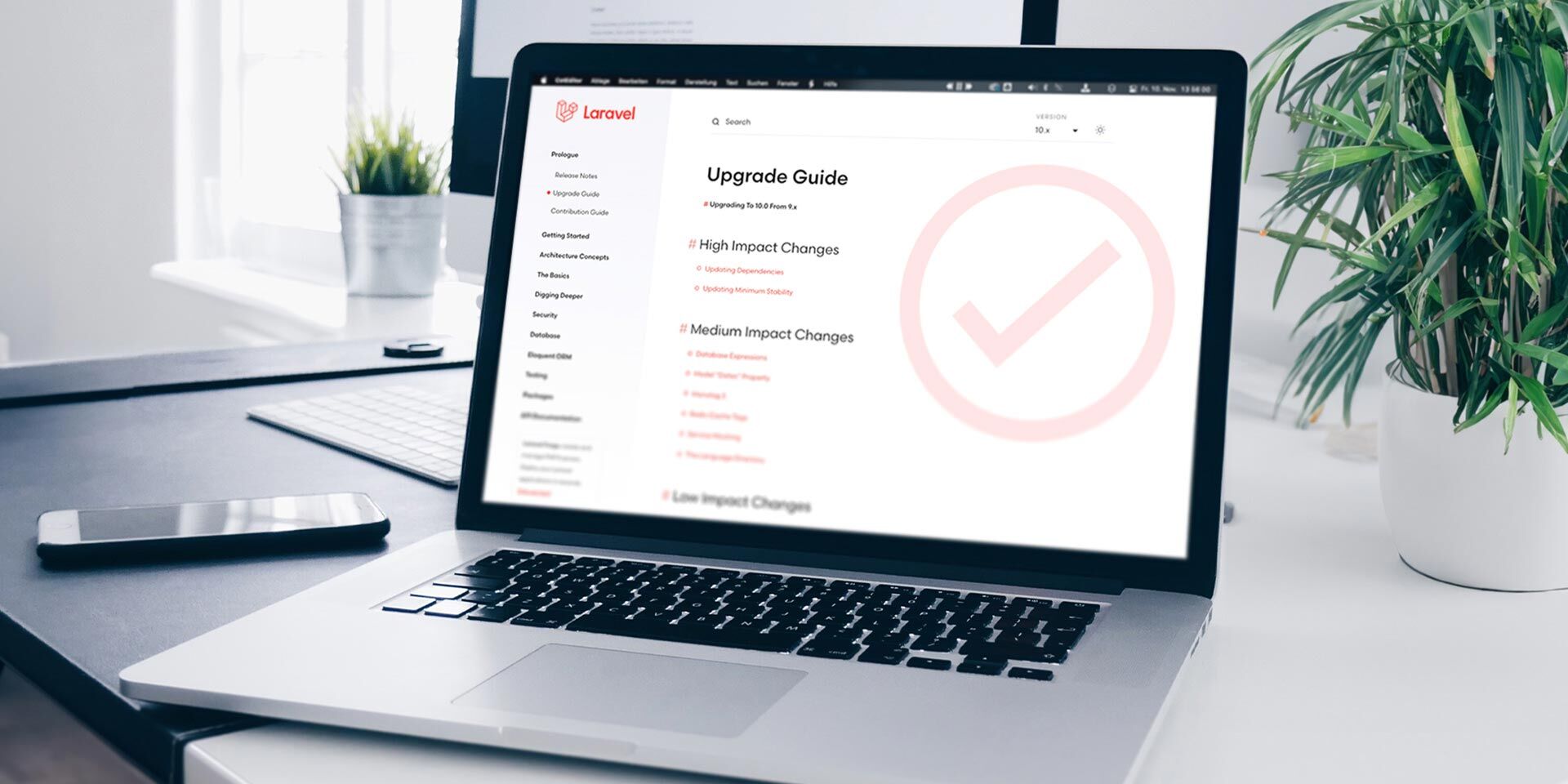Why product data management gets more and more important
Creating and managing products and their descriptive data is a core discipline of our work. We maintain, structure, enrich and distribute data with dynamicPIM® – PRODUCT INFORMATION MANAGEMENT. Because data is today’s and tomorrow’s must-have asset.
All data that describe a product with rich details helps to increase the SEO-performance. That makes then an essential driver of online-visibility. It’s about having relevant and high quality retailer content right at hand – offline and online. Time-to-Market and Quality-to-Market are the two essential factors for POS-success, no matter if online and offline.
The PIM-system is more than only a logistical data-pool
Product information management-systems were established originally to transport product data that were part of the supply-chain to list products in trade. The companies’ employers were specialized in knowing trading patterns, when everything was predictable and clear to some extent.
That’s not the case anymore. It became clear quickly that mere data is not enough for eCommerce. The requirements are enhanced greatly. Images become more and more necessary: Now, you need multiple images of one product and have to optimize them for online usage. Analyses show that the add-to-baskets increase significantly, if there are further images that improve the consumer’s experiences.
After they are created, marketing texts need to be enriched and optimized according to SEO-standards. It needs also authentic how-to-videos that develop a more emotional connection between the brand and the consumer. You won’t achieve such an effect with brand image-films that seem out of touch.
Of course, branding is still important, but it serves a different purpose. The shoppers want to know how to use a product, how it looks, and which benefits it offers them. The top-style models that live in a world full of glamour do not help here – they are simply far away from the consumer’s own little universe.
Consumers want to discover a product with all its facets, before they choose to buy it
That works online, but only if there are enough information and illustrative material. And last, but not least: Each retailer wants a different content, so “duplicated content” is avoided – which makes one more requirement for the list.
The skills change and old rules no longer apply
Content-creation faces a whole new range of tasks. And I’m referring only to product-data and not editorial content.
It’s not the system that is considered as the blind spot, but the understanding of the market, its factors, requirements and necessities.
I’m often confronted with statements like: “Well, the online market represents only a very small part of our overall business, It might be modern, but is not yet that important to us.” No comment on that, but even offline trade has entered a new era. Data of all kind become necessary in that field, too – just consider the on-site POS-marketing.
Side note: The LMIV – the main law relating to food labeling
An efficient PIM like our dynamicPIM® is an essential driver for one of our clients. The LMIV – the essential requirements determined by the EU that regulates the product distribution and the obligation to give information – require structured and accurate data. If you do this correctly and efficiently, it should also be available in a system.
Decentralized vs. centralized (global) PIM-system
Even if many managers cannot understand it: A decentralized system is often the right decision. The markets differ – and are often not comparable with each other. Just look at the DACH-market, Benelux or Italy – they differ fundamentally. Globally, the differences even grow above average.
Single-Point-Of-Information – An approach for decentralized systems?
It sounds like a paradox, but makes a lot of sense, if you compare systems and their respective purpose. A global PIM is primarily used to transfer the central data into a language of the respective market conditions. In the first place, this refers to the translation – let’s call it localization. In many cases, the system is supplied through SAP. As a result, you get a system similar to Hybris – and with that, a system based on SAP itself.
But whom is this data meant for? Is it the local units’ managers? Or rather for their clients and partners, meaning retailers and service partners? Which leads us to a basic question:
How can we make a global PIM directly accessible to externals – meaning target-groups that work outside the organization?
Or is there data that is highly sensible and must not be available for specific target-groups? Does everyone working in this organization know what this means and who is in charge to manage authorization structures for 100 countries at once?
The basic principles of the digital world already specify what matters today: Flexibility, quickness and outstanding content. You need to keep up or you won’t be able to fulfill the local requirements of today and tomorrow.
API-connect and the possibilities of decentralized systems
Here is our recommendation: Use your global system to have a central repository and create a basis for all local purposes that are connected. It is like a data-pool that keeps all data from the global business system ready.
In these markets/countries, it makes a lot of sense only to access the data that is needed for and by sales and marketing-units as well as agencies and retailers – nothing more and nothing less. That is like a data-speedboat.
Enriched with local and outstanding content, the data is prepared for the local market and SEO-optimized by native speakers. In a system like dynamicPIM®, this can be done efficiently and quickly. Additionally, the system is lean, easy to use and expandable without any great effort and anytime you like.
It is always identifiable and updatable via the main features such as GTIN/EAN, item number, ISBN, PZN, etc. And that is how it stays easy to understand and manageable.
This includes the distribution to further distributors such as Markant, GDSN etc. And it contains all media-data, because our PIM can be linked with dynamicDAM®, our media asset management system. It’s the perfect combination for today’s challenges.
Access for all via local groups and authorization structures
As mentioned above, making global systems available for externals is a big security matter, which cannot really be mastered. But if you go the way shown above, it looks totally different.
In this case, retailers, agencies, partners, internal staff, etc. have access to only one system. Here, they find all the data needed for the local market. Quick. Efficient. Easy. And of course, it is easily adjustable to the next challenge the digital world holds. And that usually comes faster than you think.
Related Stories
7. February 2024
PIM system: What is master data and what are the best practices?
The PIM system, the center for all…


